Did you know dogs can shed enough fur in a year to fill a small sofa? And no, we’re not kidding.
If you’re constantly pulling fur out of your coffee or watching tumbleweeds of hair roll by, you’re not alone. Shedding is part of the dog parent package—but it doesn’t have to drive you barking mad.
Whether you’re a new dog owner or a seasoned pro, managing the fluff fallout takes a blend of strategy and grooming know-how. Spoiler alert: It’s not just about vacuuming more.
There’s science behind all that fur, from seasonal blowouts to double coats with minds of their own. The good news? You can outsmart the shed.
This guide is here to help you do just that—with smart tips, surprising facts, and breed-specific tricks that’ll make fur management feel like a walk in the park (minus the hair tumbleweeds).
9 Frequent-Shedding Dog Breeds
1. German Shepherd
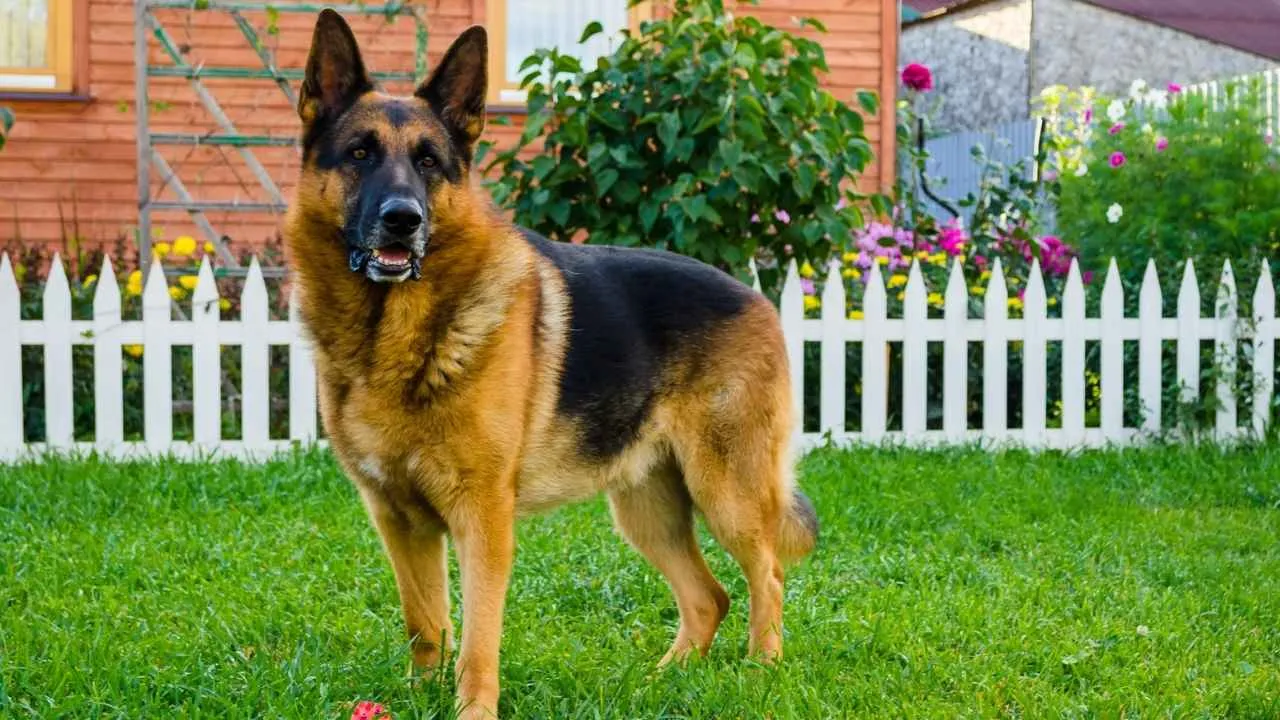
This high-energy canine was practically born to shed. With a plush double coat and seasonal blowouts, the German Shepherd is a textbook example of high-shedding dog behavior. Their coat works overtime, just like they do.
Britannica reports that as a popular dog breed in service and protection roles, their loyalty is unmatched. But so is the hair—be ready to brush several times a week, especially during seasonal changes.
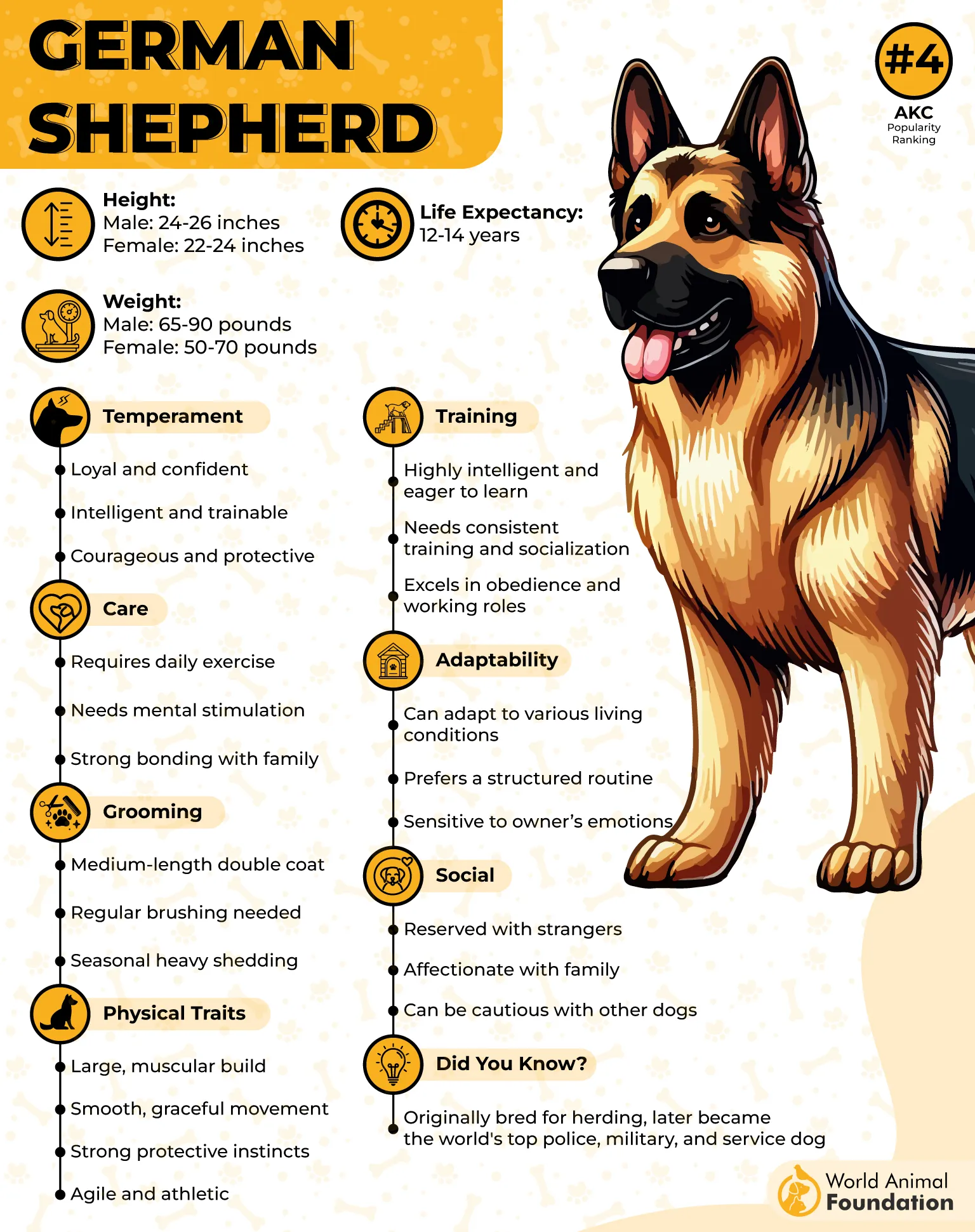
Bathing them monthly helps, but overbathing can dry their skin. Stick to a grooming schedule, and use an undercoat rake to catch loose fur early.
A good diet rich in omega-3 fatty acids can help support healthy skin and reduce excess shedding. Think premium kibble or vet-approved raw blends.
They’re not the lowest-maintenance breed known, but they thrive in active homes and love mental stimulation—perfect for experienced dog ownership.
Surprisingly, despite all that fluff, they’re considered relatively clean dogs when brushed regularly.
And here’s a dog fact: their fur patterns are often unique—no two coats are the same!
2. Pembroke Welsh Corgi
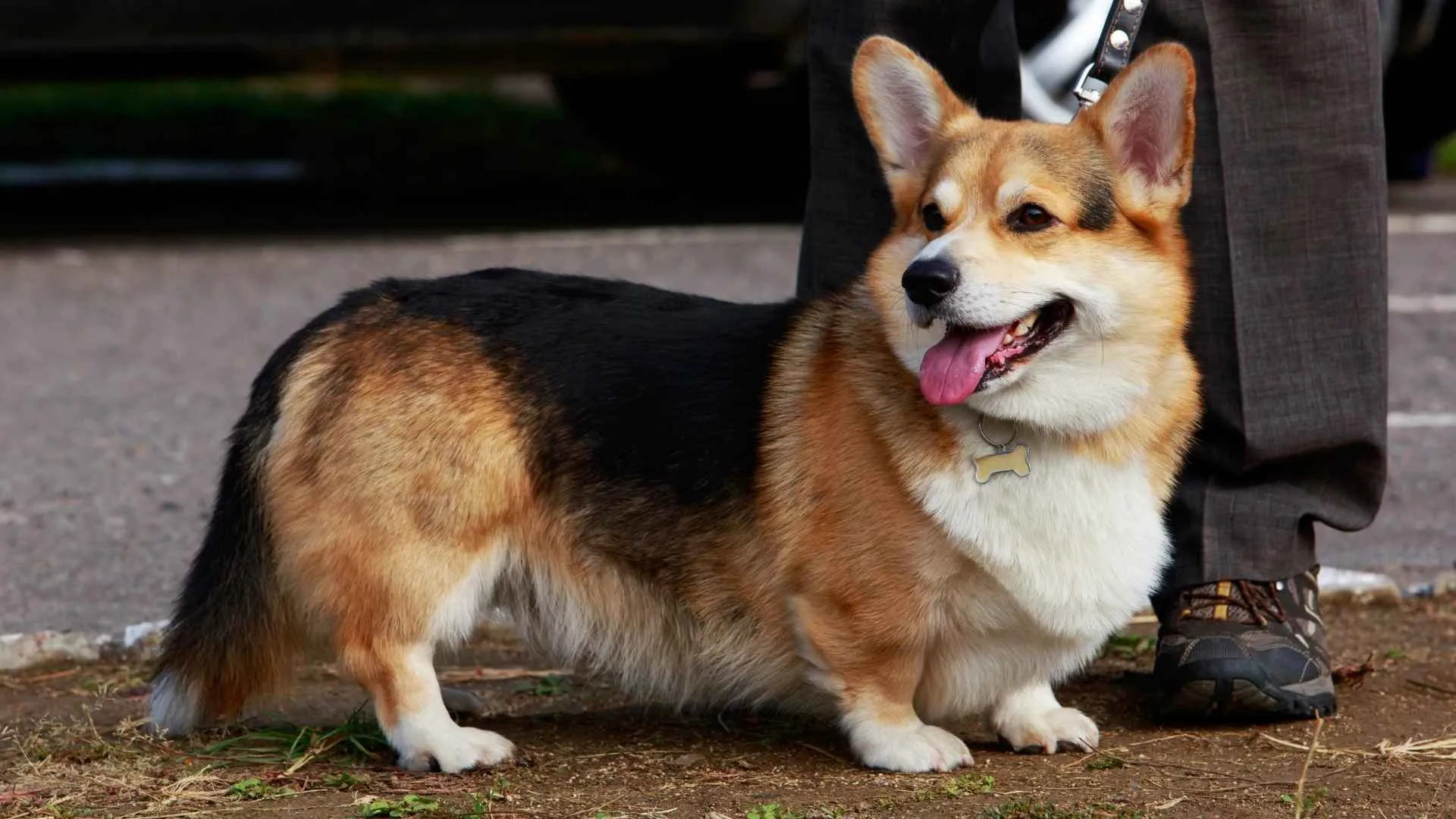
Small legs, big fluff, and a pup sheds reputation that rivals larger breeds. The Pembroke Welsh Corgi may be short in height, but not in the shedding department.
This cheerful, amiable dog breed is known for its double coat, which is dense and weather-resistant. And yes, it sheds like a fuzzy blizzard—especially in spring and fall.
Weekly brushing is a must, with extra sessions during heavy shedding seasons. A slicker brush and deshedding tool are your best friends.
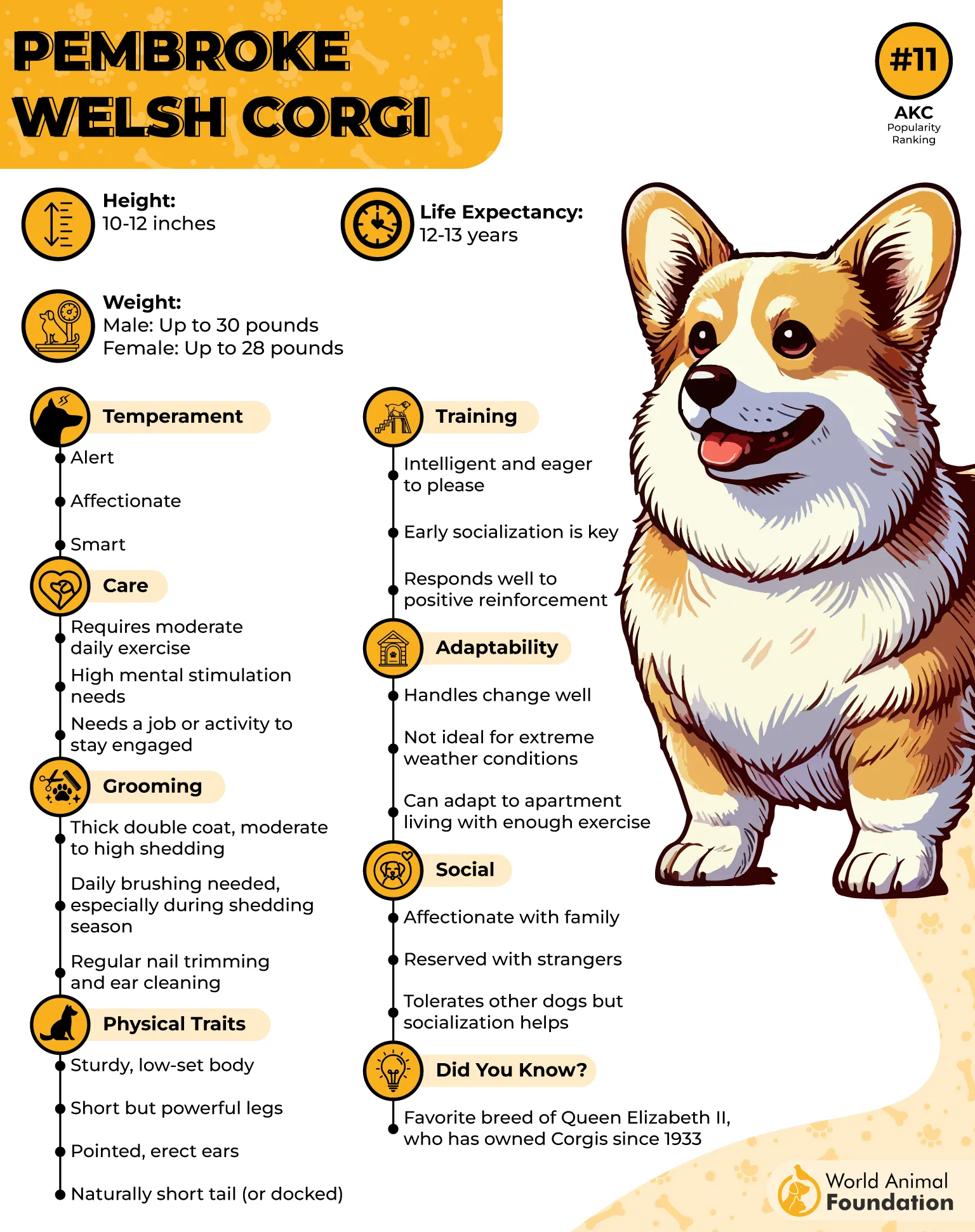
Keep their diet balanced with lean proteins and healthy fats. Corgis can gain weight easily, so avoid overtreating—even if those eyes beg for it.
They’re smart, spunky, and always ready to herd… even your vacuum. Grooming becomes easier with consistent habits from puppyhood.
Health-wise, watch for skin dryness and sensitivity, especially in colder climates. Stick to mild, moisturizing dog shampoos.
Fun trivia: Queen Elizabeth II owned over 30 Pembrokes in her lifetime—now that’s breed loyalty!
3. Akita

The Akita is a majestic dog breed with a thick double coat that practically screams, “You’ll need a lint roller!” Dignified and calm, they shed with the fury of a small snowstorm.
Originally bred for guarding royalty in Japan, Akitas are strong, independent, and need a confident owner. Their shedding levels? Truly elite-tier among coated breeds.
PDSA recommends that regular brushing twice a week keeps the floof manageable. Come spring and fall, prepare for full-on coat explosions—daily brushing is non-negotiable.
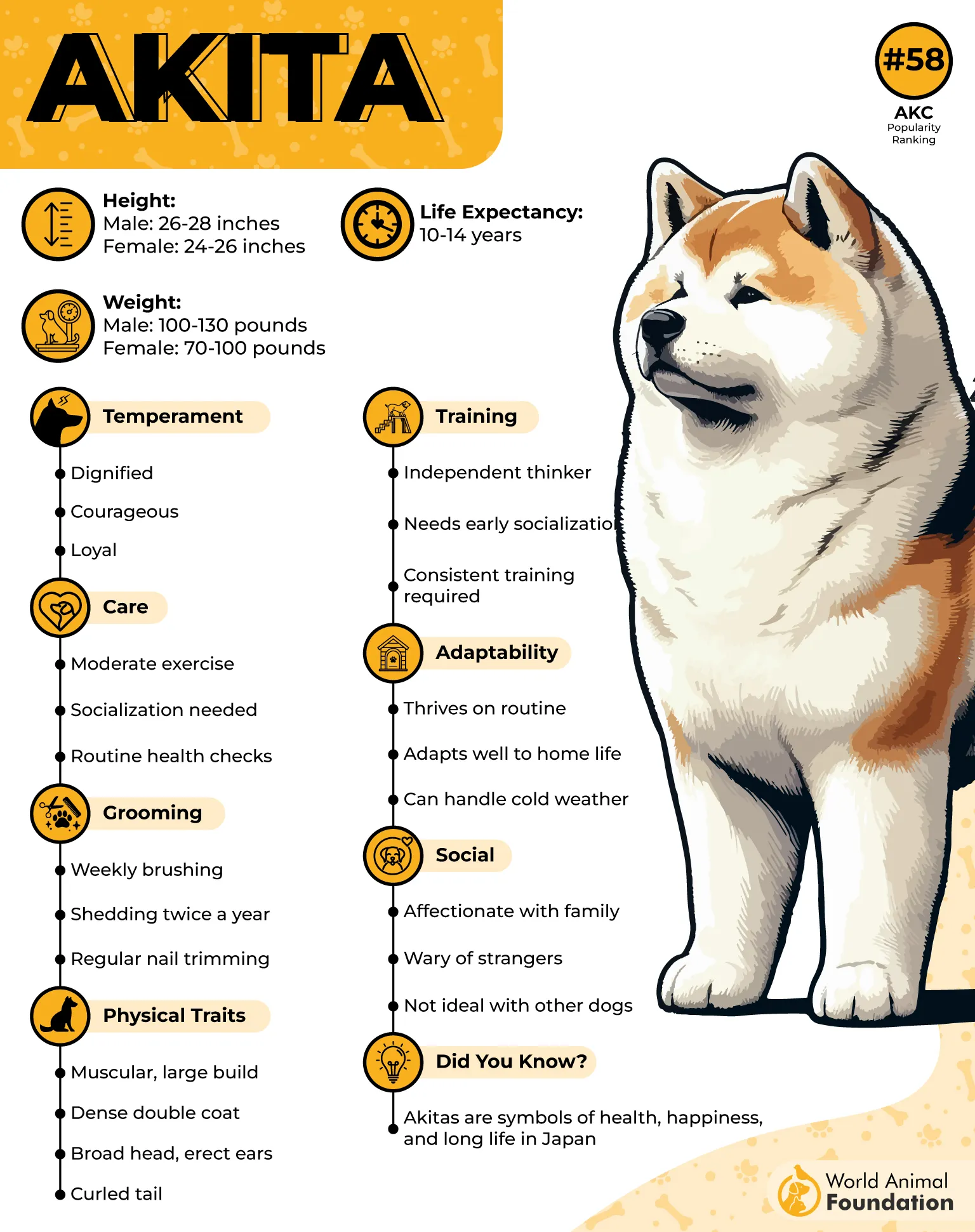
Nutritionally, they benefit from high-protein diets with omega oils to keep their coat shiny and skin healthy. A balanced meal supports both their form and fluff.
Grooming-wise, Akitas are fairly clean dogs, often likened to cat breeds for their self-grooming habits. But their undercoat tells a different story.
Health concerns can include hip dysplasia and autoimmune skin disorders, so routine vet checks are key.
Quirky fact? Akitas are quiet, rarely bark, and often use expressive body language—true quiet dogs in the world of fluffy breeds.
4. Old English Sheepdog
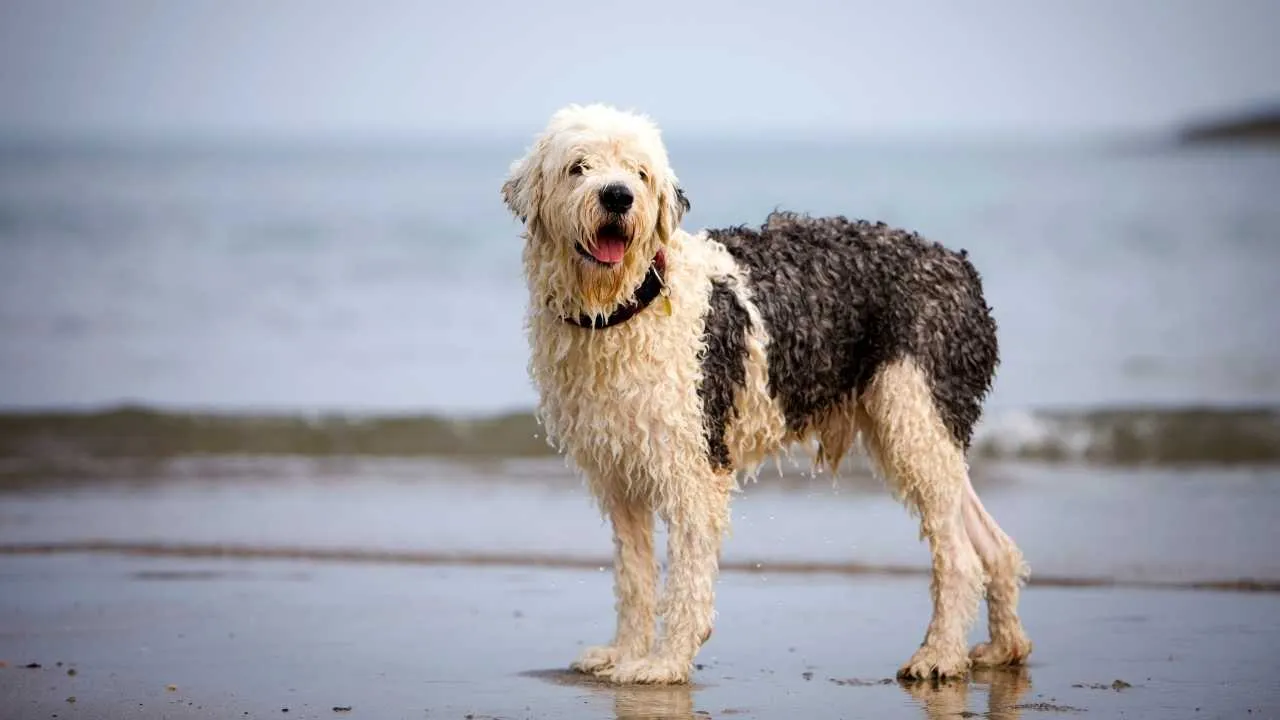
If there were a competition for the most iconic fluffball, this fuzzy breed would be a top contender. The Old English Sheepdog is as charming as it is shaggy—and yes, it sheds. A lot.
Bred for herding, this active dog needs space to roam and a grooming kit to match. Their thick, waterproof coat traps dirt and loose fur like a magnet.
Brush several times a week to prevent matting and manage all that extra hair. A good de-shedding routine equals a cleaner home and a happier pup.
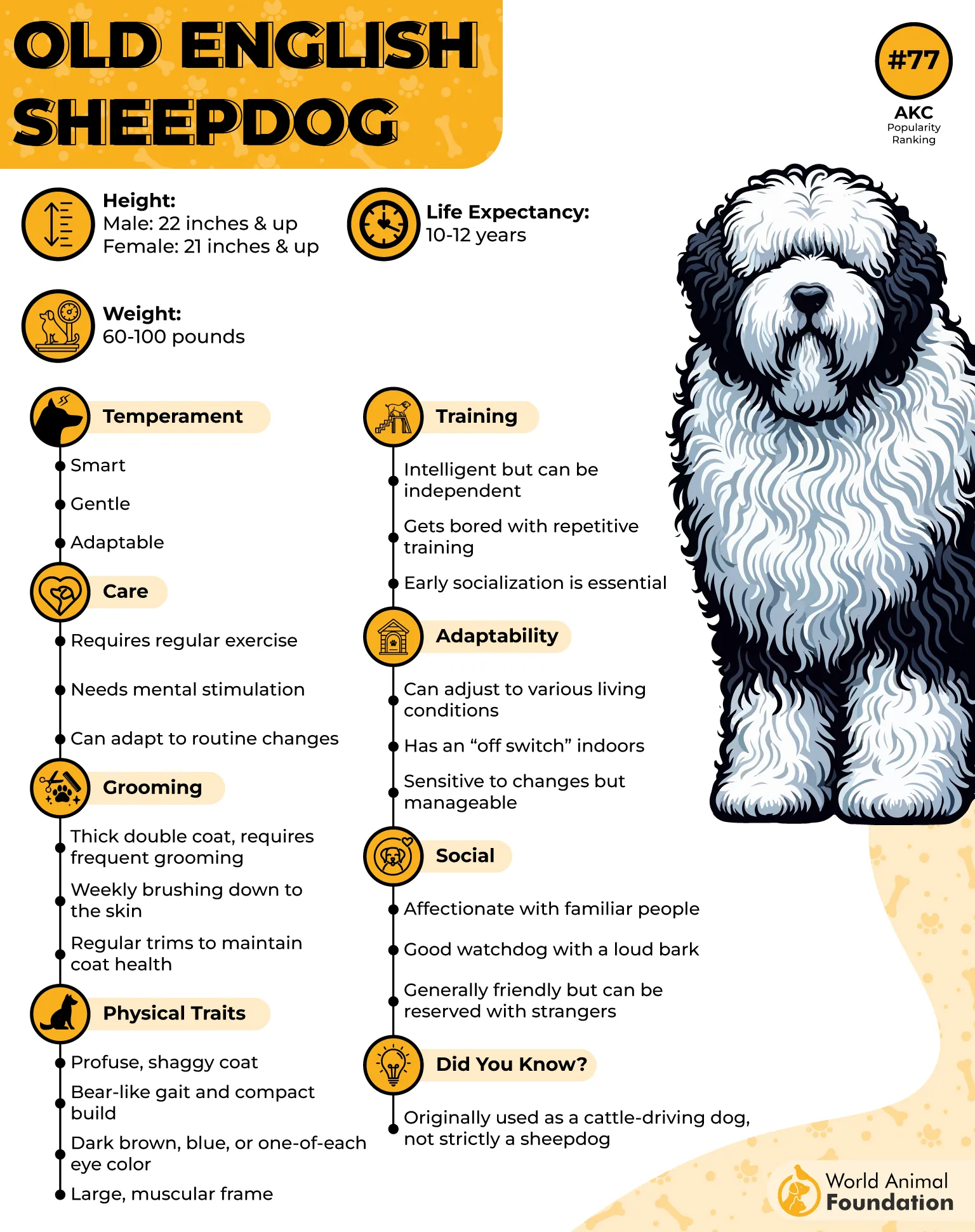
Despite their size, they’re surprisingly mellow—great home dog companions for those who don’t mind a little fluff on the floor.
Their diet should support coat health—opt for food rich in omega-6 and biotin for that signature silky look.
Skin hot spots can be a concern, especially in warmer climates. Keep their coat trimmed and check often for irritation.
Dog trivia alert: They were once nicknamed “bobtails” because their tails were historically docked for working purposes!
5. Chow Chow
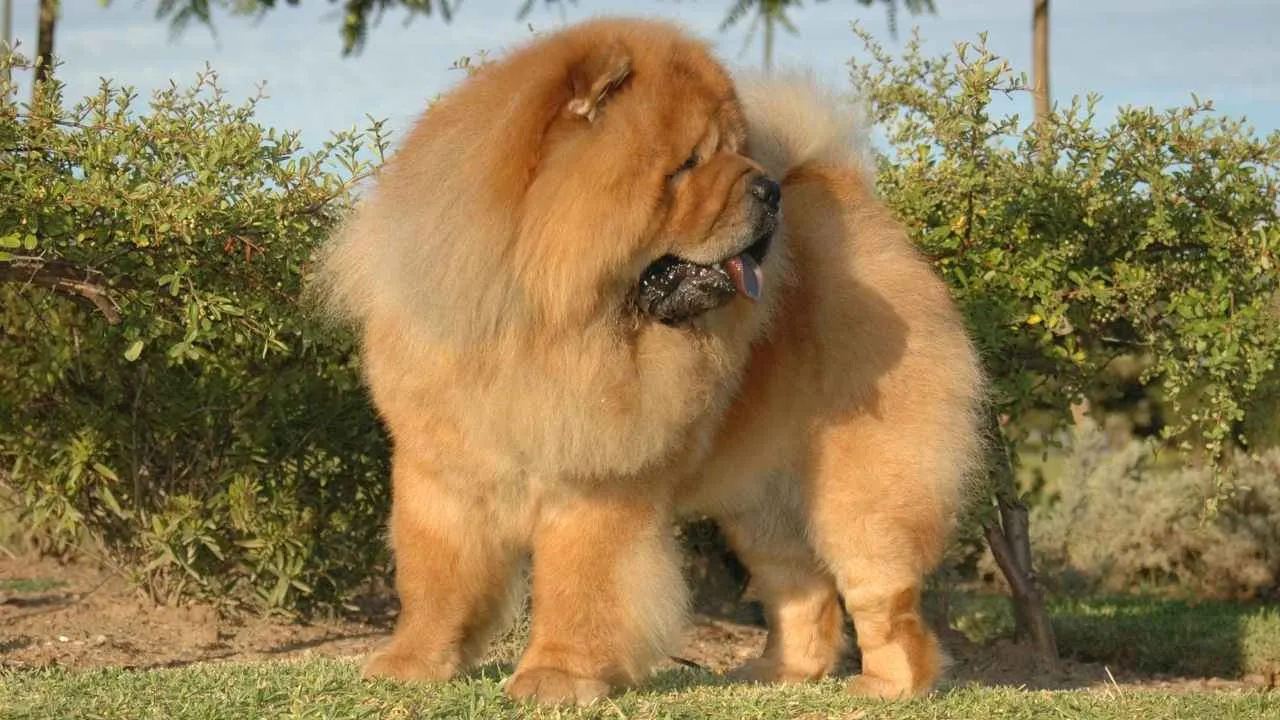
This regal dog, bred for ancient Chinese royalty, carries itself like a lion and sheds like one, too. The Chow Chow’s thick mane is stunning—and wildly high maintenance.
Their double coat fluffs up with a cloudlike presence, especially during the high-shedding seasons. And yes, you’ll find fur in the weirdest places.
Brushing three times a week is standard, and daily during shedding spikes. Their coat traps dander and debris—stay ahead with grooming gloves or slicker brushes.
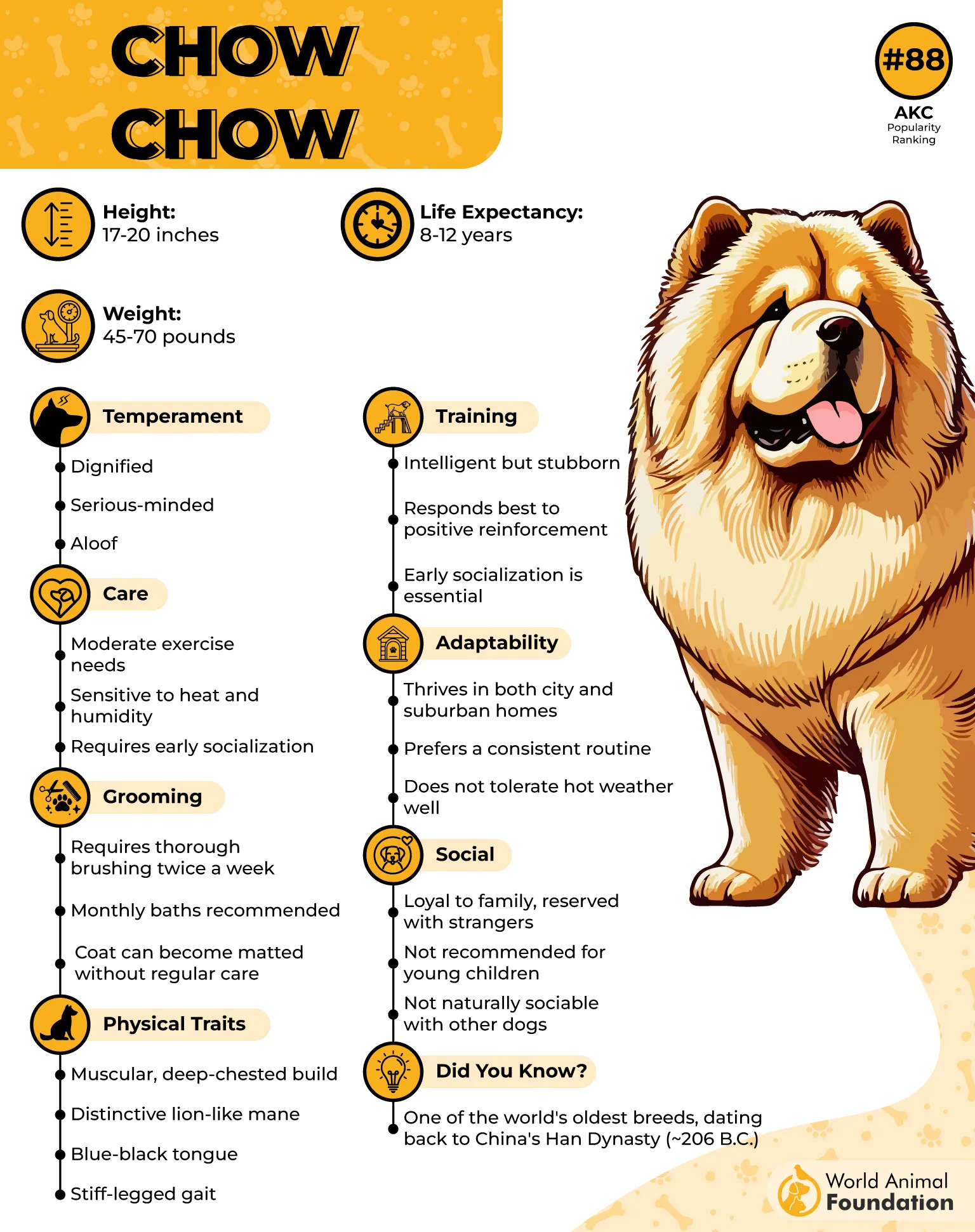
This laid-back dog isn’t super active, so their nutritional needs are moderate. But coat health still depends on high-quality food packed with essential fatty acids.
Bathing too often? A no-no. Stick to once a month with a pH-balanced shampoo to avoid stripping natural oils.
Petplan warns that they’re prone to skin fold irritation and heat sensitivity. Keep them cool, dry, and mat-free.
Fun fact: Their blue-black tongue is one of the most unique traits in the dog breed world. No, it’s not from blueberry snacks!
6. Cardigan Welsh Corgi
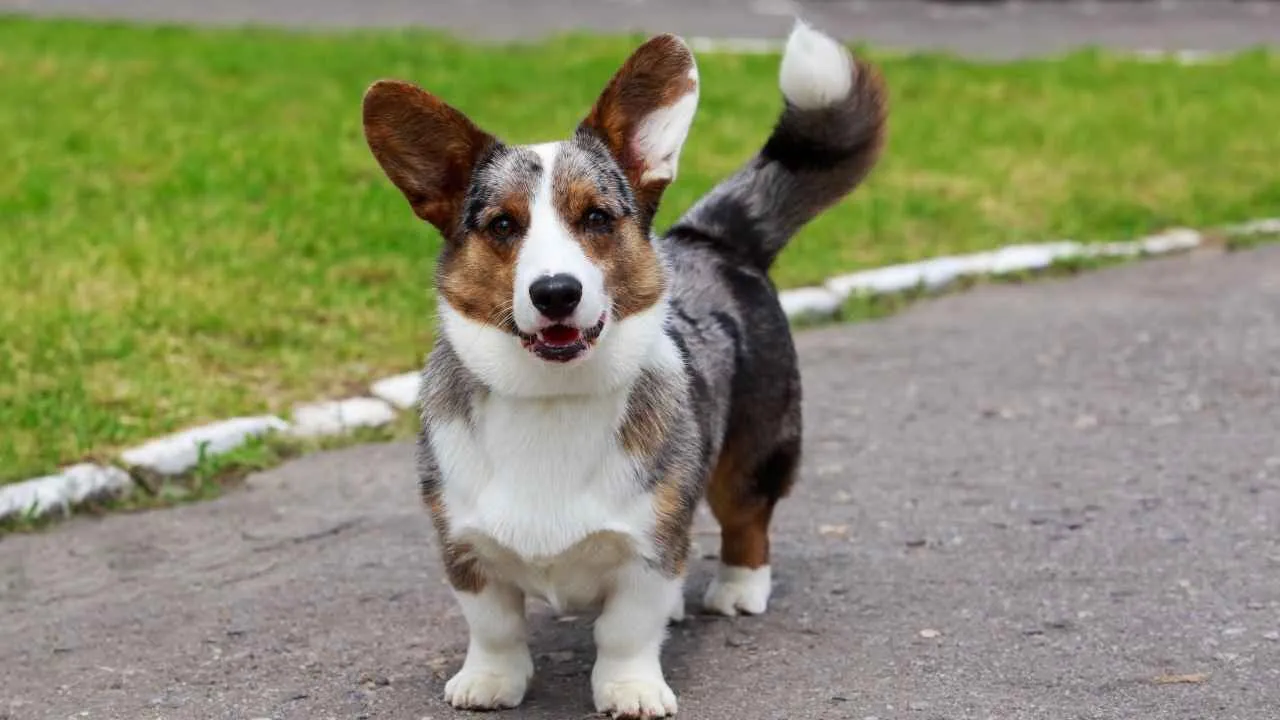
Longer, a bit more reserved, and yes, just as high shedding as their Pembroke cousins. The Cardigan Welsh Corgi is a spirited little herder with a big coat personality.
Unlike their Pembroke pals, they’ve got a long tail and a slightly heavier frame. Still, that dog breed has energy and a double coat? Very much present.
Expect moderate to heavy shedding, especially during seasonal transitions. Weekly brushing is a must, and a de-shedding comb works wonders during the coat-blow months.
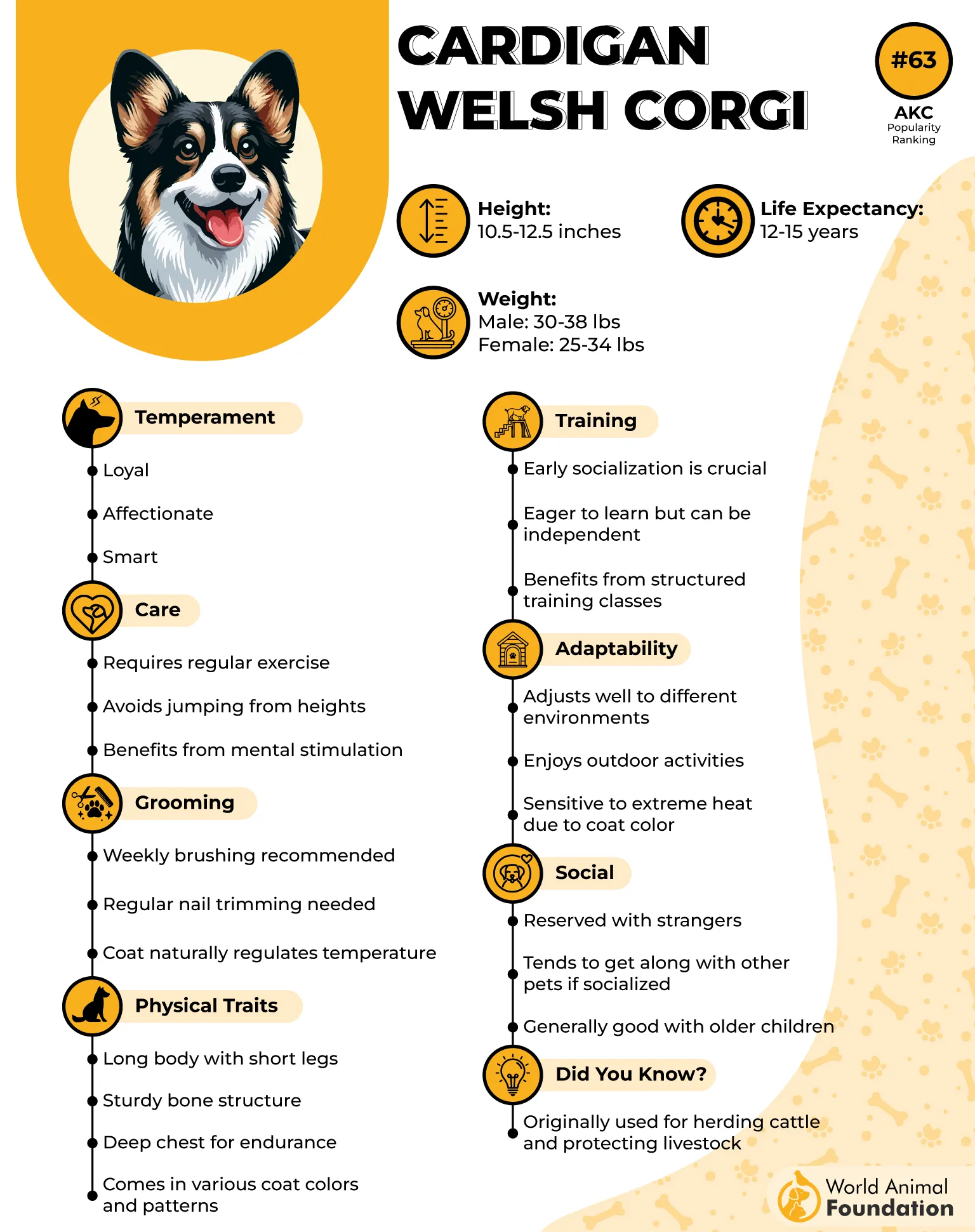
They need a high-protein, calorie-conscious diet to match their stocky bodies and energetic lifestyle. Keep treats minimal—those stubby legs don’t carry weight well!
Maintenance is simple but consistent: nail trims, ear checks, and brushing 2–3 times a week. More during spring and fall shedding madness.
They’re generally hardy, but be cautious of dry skin and coat dullness—grooming and diet help here.
Trivia treat: Despite their size, they were bred to herd cattle, making them one of the most surprising legged breed workers out there!
7. Great Pyrenees
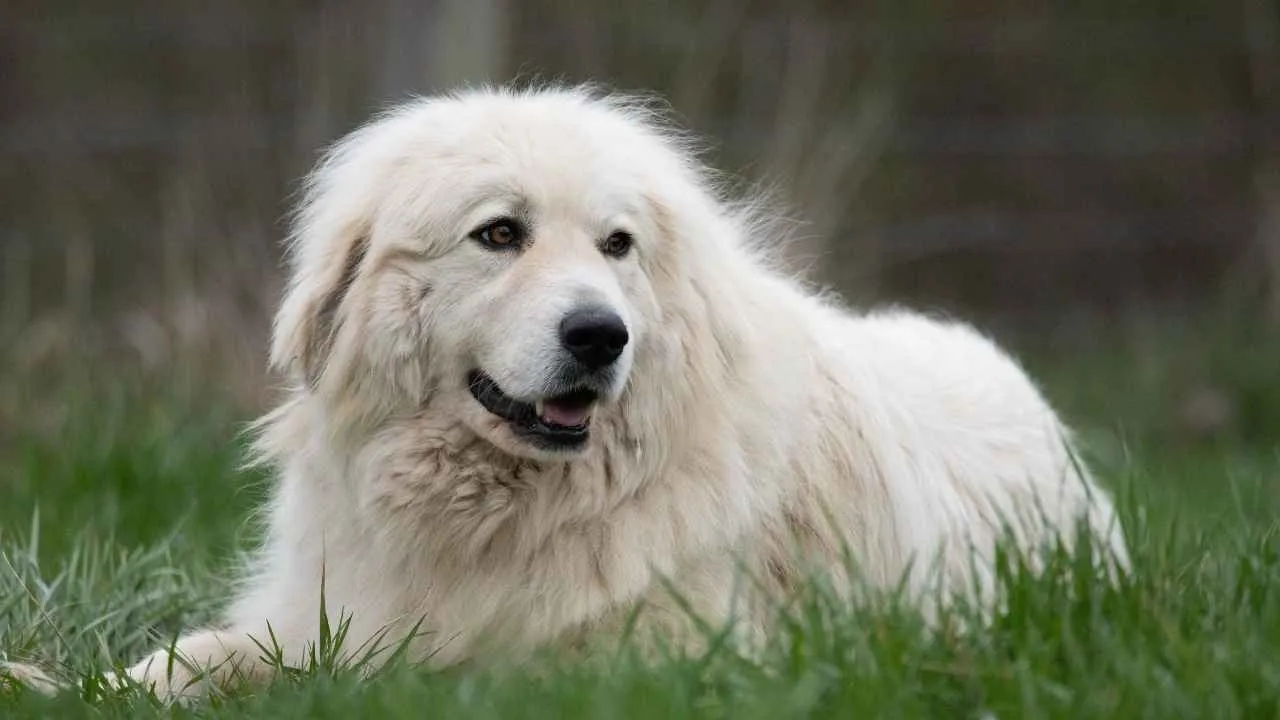
Massive, majestic, and a snow-white shedding machine, the Great Pyrenees is pure fluff meets strength. Originally bred to guard livestock, this dog breed is as calm as it is colossal.
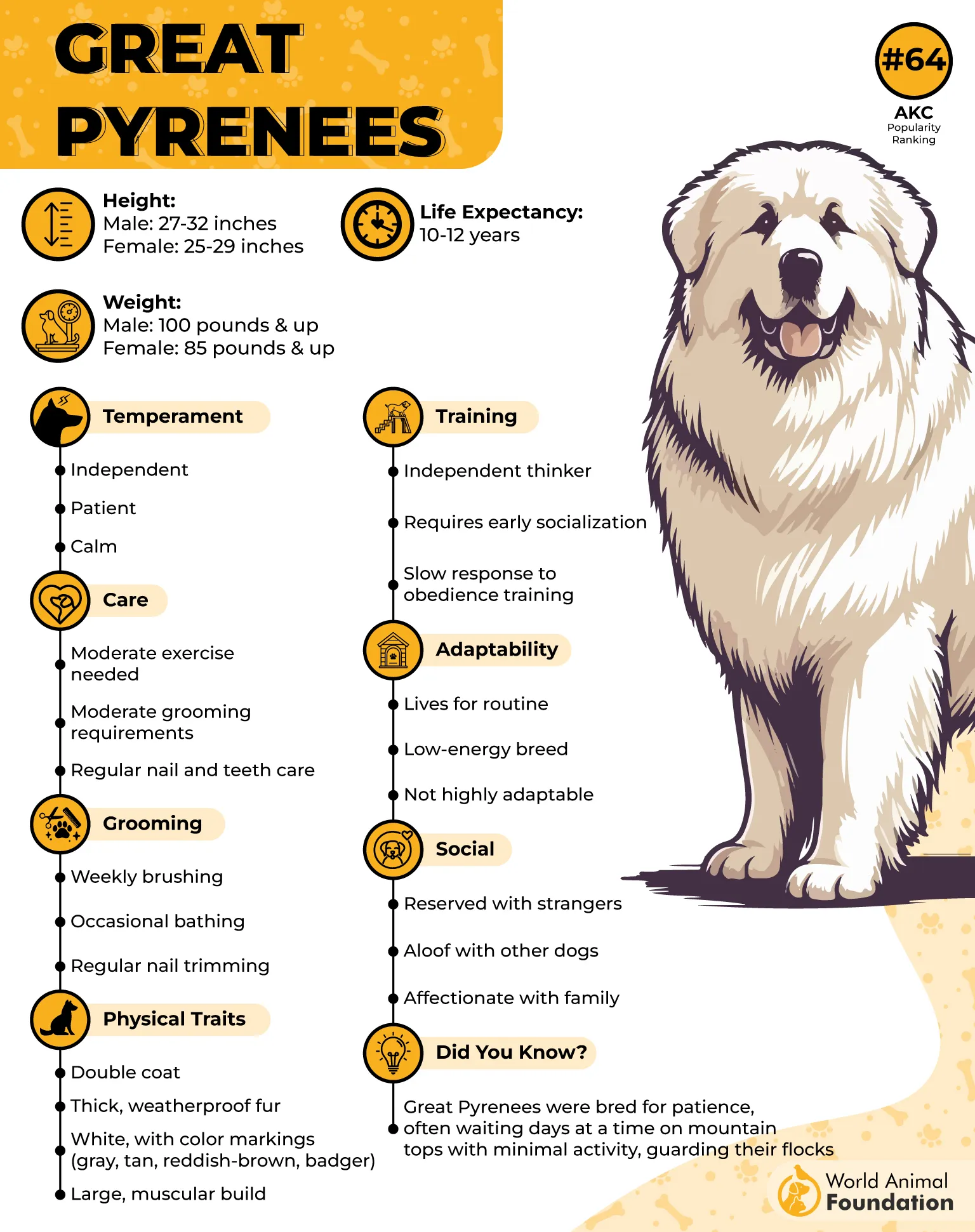
With a thick, weather-resistant double coat, shedding is seasonal but heavy, especially in spring. Think fur tumbleweeds rolling through your living room.
Brushing 2–3 times a week keeps the coat healthy and minimizes hair buildup. During the shedding season? Daily sessions are your new best friend.
They don’t need excessive exercise but do need a high-quality diet with added oils to nourish that luxurious mane.
Bathing should be infrequent to avoid drying out their skin. A bath every two months—or when dirty—works well for this clean dog.

WebMD notices that skin issues like hot spots and mats can develop quickly if left ungroomed. Stay ahead with regular coat checks.
Quirky stat: Their double dewclaws (on hind legs!) are a unique feature among dog breeds pet owners love pointing out.
8. Golden Retriever
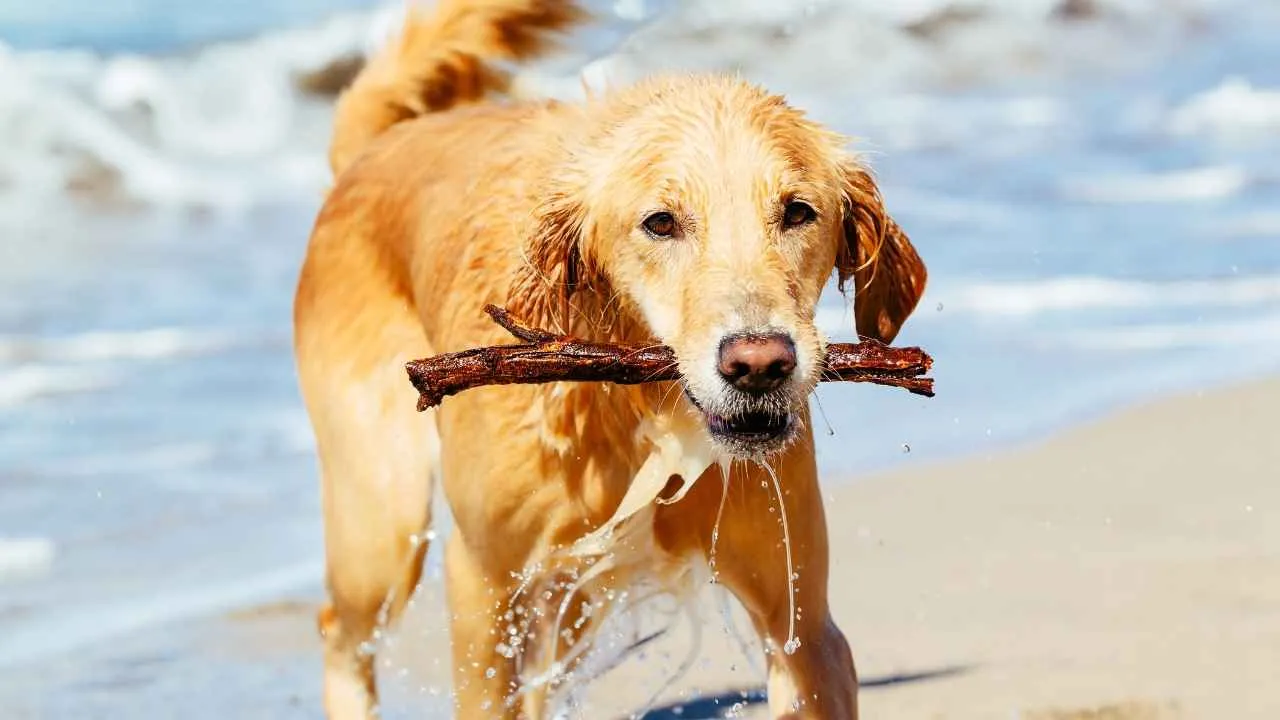
Say hello to sunshine in dog breed form—and fur on everything you own. The Golden Retriever is not just friendly; it’s a high-shedding dog with a heart of gold.
Famous for loyalty and friendliness, they’re ideal family companions. Less ideal? The sea of golden fur that shows up on your furniture year-round.
Daily brushing helps manage their shedding and keeps their feathered coat shiny. Their grooming needs are higher than they look—don’t skimp!
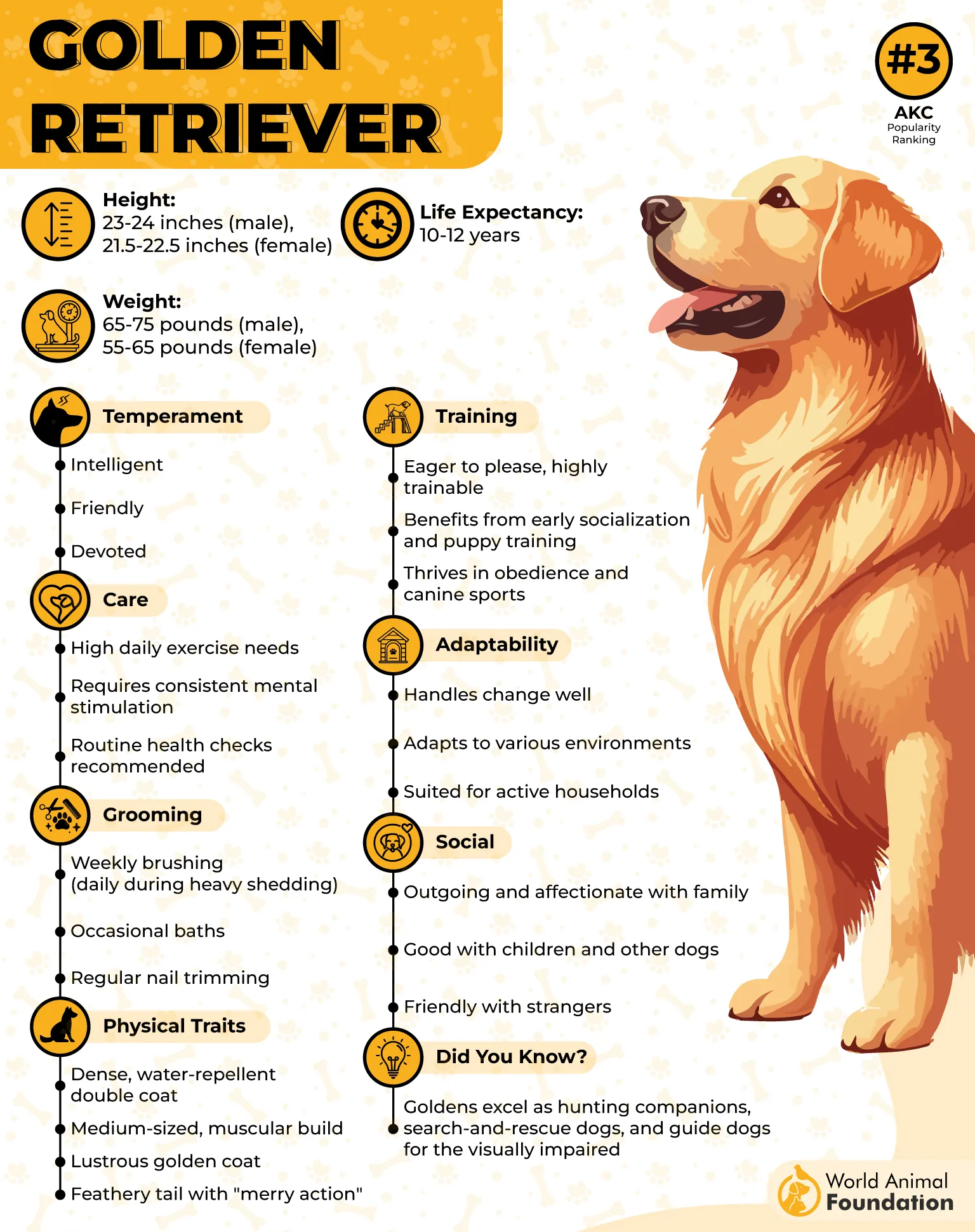
Nutritionally, they thrive on omega-rich foods to support joint and skin health. Don’t forget those healthy treats for training—they love to please.
Their easygoing nature makes them one of the most popular dog breeds, but ear infections and dry skin can sneak up fast. Keep grooming consistent.
These pups love water but need proper drying afterward, especially behind the ears and tail feathers.
Trivia alert: They’re often used in therapy work due to their innate empathy—proof that this dog breed match is good for the soul and the heart.
9. Labrador Retriever
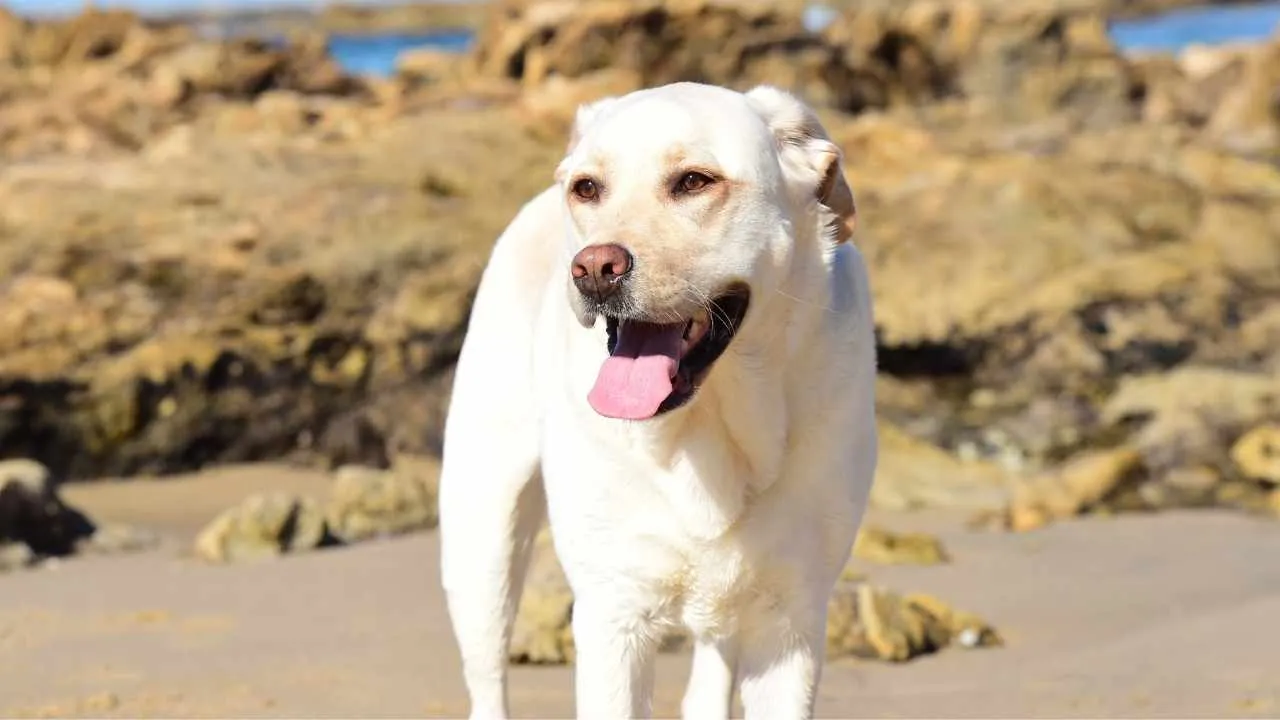
America’s sweetheart and the MVP of dog ownership, the Labrador Retriever is lovable, loyal, and a sneaky super-shedder. Short hair and big fluff output.
Don’t be fooled by that sleek coat. Labs are one of the breed’s shed champs, especially during spring and fall.
Their coat is water-resistant and dense, so brushing a few times a week is essential. During peak shedding? Break out the undercoat rake daily.
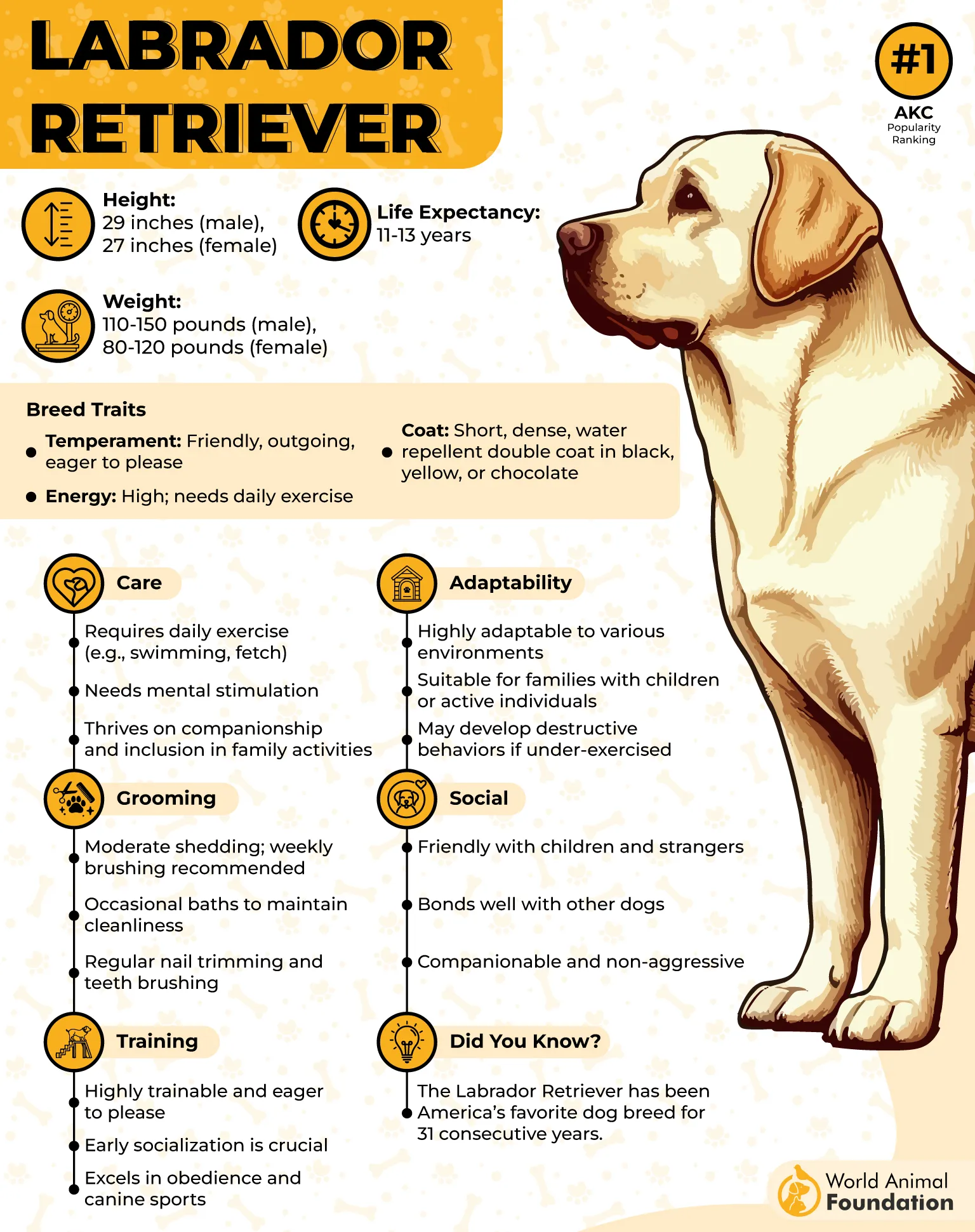
Labs love food. Keep their weight in check with protein-rich, portion-controlled meals to support joint and coat health.
Purina suggests that this active dog needs mental and physical stimulation, so grooming becomes a bonding opportunity more than a chore.
They’re prone to skin allergies and ear infections, especially if not dried well post-swim. Regular vet checks keep things in check.
Fun fact: Labs come in three colors—black, yellow, and chocolate—but all share that infamous ability to shed like champions.
Final Thought
Think living with a pup that sheds means surrendering to a fur-covered life? Think again! With the right tools, habits, and grooming game, your home dog can stay fresh—and so can your floors.
From double-coated fluff storms to sleek shedders in disguise, each breed requires its blend of care and cleverness. Brushing, diet, and a sprinkle of patience go a long way.
Missed your favorite fuzzy breed? Shout-out to Border Collies, Spaniels, and other fluffy breeds with equally impressive shedding stats. Yep, those cat breeds aren’t looking so “clean” now!
Whether you’re raising a Golden Retriever, a quiet dog like a Basenji, or one with epic barking tendencies, managing shedding is simply part of savvy dog ownership.
Now go bond with your canine, grab that slicker brush, and enjoy the grooming zen. Bonus: Your couch might finally see daylight again.
Got fur tales or tips? Drop them in the comments—let’s compare reviews dog-to-dog!


